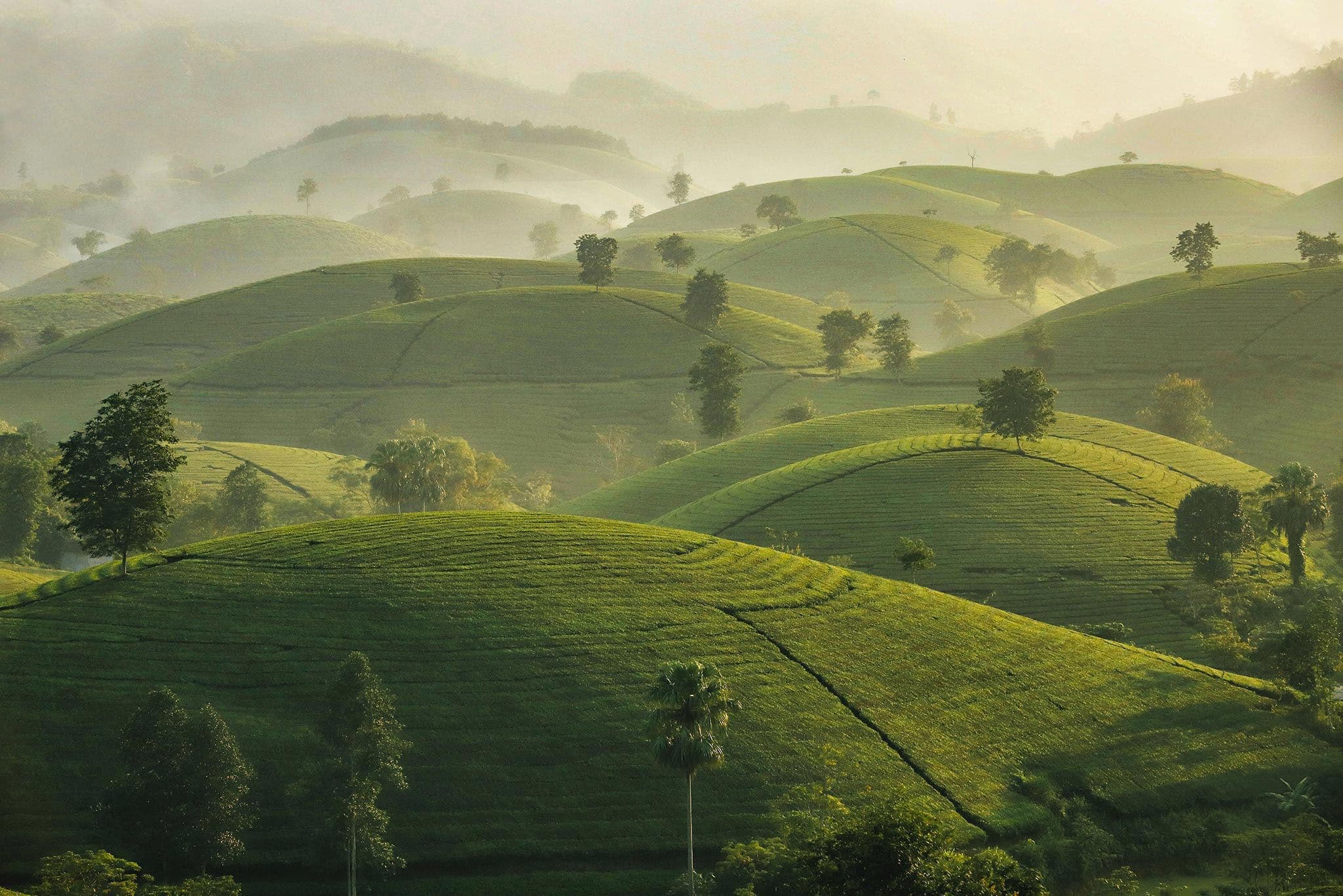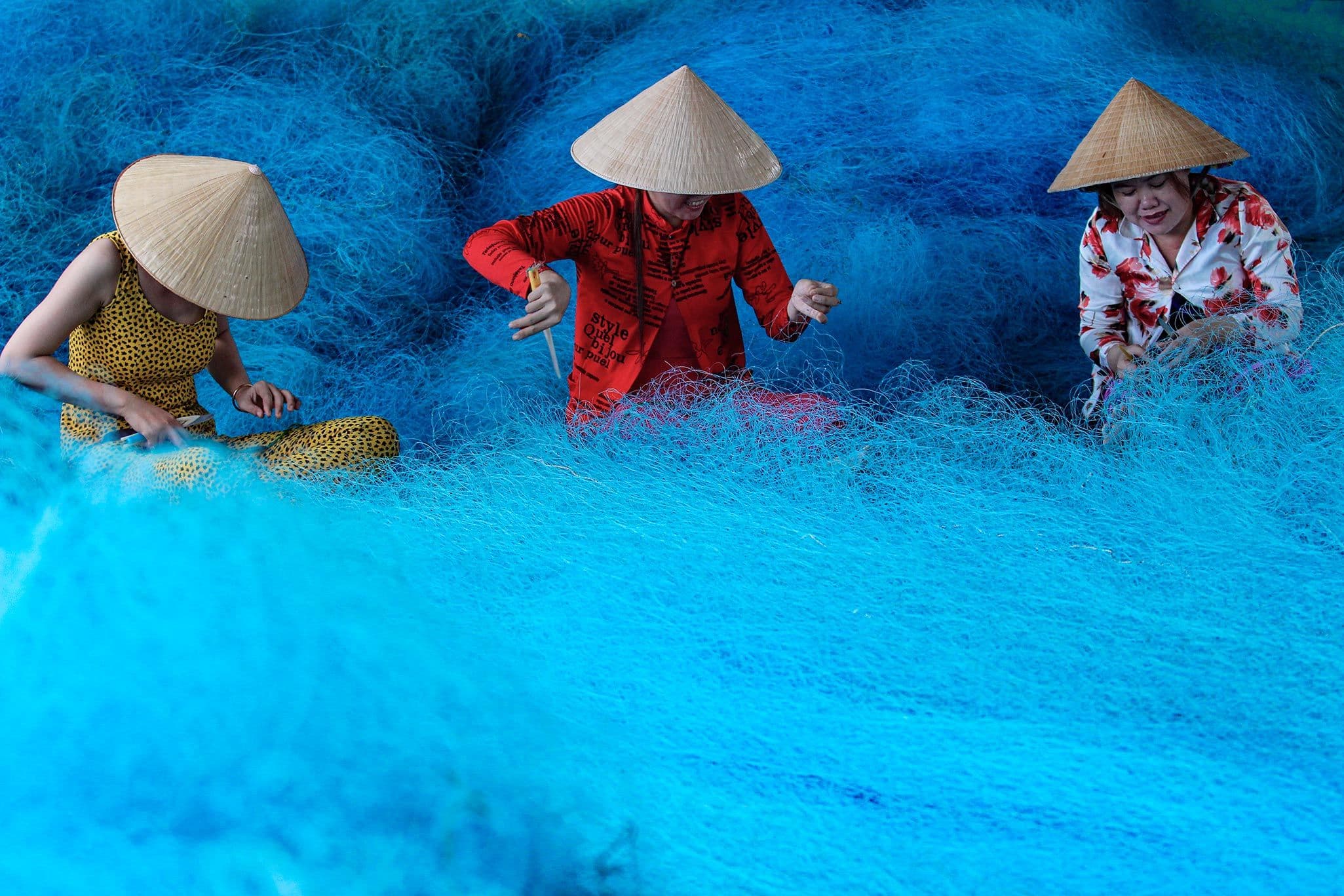
You prepare your backpack, gather your friends, and announce to your family that you're off for a day in the mountains. But wait, are you going hiking or trekking, or maybe both? If you're unsure about the discrepancy between trekking and hiking, you're not the only one.
Many people consider them to be the same thing, but there are subtle distinctions that set them apart as two separate activities. While they share similarities, they're not exactly the same. Feeling puzzled? Let Ftrip Vietnam clear it up.
The Definition of Trekking Vs Hiking
Trekking and hiking may seem similar, but there are subtle differences in their definitions. According to the Oxford Dictionary:
- Trekking involves undertaking a long or challenging journey, typically on foot.
- Hiking, on the other hand, refers to the activity of taking long walks in rural areas for enjoyment.
While both activities entail walking, trekking generally requires more time and better planning. It's often considered more of a journey rather than a simple walk, as implied by the distinction between the terms "journey" for trekking and "walk" for hiking.
What is the difference between hiking vs trekking?
Duration
The time spent engaging in each activity sets them apart significantly. Trekking typically extends over at least two days, often stretching beyond that duration. Those who trek usually have a specific goal or destination in mind, covering considerable distances, sometimes spanning thousands of kilometers per trip.
Conversely, hikes are briefer outings compared to trekking. A hike typically lasts a few hours or a full day, with the possibility of an overnight stay but generally not spanning multiple days like trekking.
Terrain
The distinction between trekking and hiking also lies in the terrain they cover. Hiking typically involves following marked trails through mountains, forests, hills, and other natural landscapes.
On the other hand, trekking often ventures off these designated paths, allowing explorers to traverse uncharted territories like mountains, remote roads, beaches, and dense forests. This difference grants trekkers greater freedom as they aren't confined to established trails, enabling them to experience untouched wilderness firsthand.
Lodging
As mentioned earlier, hiking often involves spending the night outdoors. Typically, hikers have a central base, such as a mountain hut, where they stay overnight.
From there, they venture out each day to explore various peaks or trails before returning to the base. Trekkers, on the other hand, prefer continuous exploration without revisiting previous locations.
They aim for specific destinations and choose different accommodations each time they stop, whether it's a hotel, lodge, mountain tent, or other shelter based on the trek and weather conditions.
Equipment
The gear required for hiking and trekking naturally differs. For a hike, you'll simply need the essentials. Don't overlook weather-appropriate clothing capable of handling sudden shifts and a backpack stocked with water, snacks, and other essentials.
Hiking typically doesn't necessitate compasses or maps since trails are often well-marked with clear signage indicating directions and distances. However, trekking demands a more comprehensive kit.
This includes maps or compasses, sleeping bags, sleeping mats, waterproof jackets, trekking poles, versatile and breathable clothing that dries quickly, and more.
Difficulty
You're probably aware by now that trekking demands a significant level of effort and isn't suited for everyone. It necessitates physical readiness and training to sustain days of trekking without pause. Trekking involves navigating diverse terrains and requires both mental and physical readiness.
Conversely, hiking is more of a recreational pursuit that many can enjoy, even without prior experience. Unlike trekking, hiking difficulty level might be lower, which allows for selecting trails that match your physical capabilities.
Trails often come with difficulty ratings or distance indications, helping you gauge the challenge level. You can opt for an easy or moderate trail if you're not a frequent hiker and feel that's within your comfort zone.
An interesting fact illustrates the rigorous nature of trekking: the fastest trek to the North Pole, documented by Guinness World Records, took 41 days, 18 hours, and 52 minutes, covering a distance of 785 kilometers. This highlights the demanding nature of trekking for those willing to push their limits.
Hiking vs Trekking: Which One is Tougher?
Trekking tends to pose more challenges and requires greater effort compared to hiking.
Trekking typically involves traversing rugged terrains away from popular trails, often covering longer distances over remote routes.
Therefore, trekking demands a higher level of physical fitness and expertise, especially when exploring mountainous regions or wilderness areas, unlike shorter hikes on well-marked paths.
Choosing Between Hiking vs Trekking: What's the Preference?
Your preference often depends on the season or weather conditions.
What could be more delightful than embarking on a multi-day journey, camping under the stars, waking up to a glorious sunrise, and having long days ahead to explore?
However, spending nights in snowy conditions presents a different challenge altogether!
Hiking offers an ideal opportunity to relax, connect with nature, and explore breathtaking destinations, providing unique experiences that may not have crossed your mind before.
Feel free to explore our diverse range of Hiking and Trekking tours to find the perfect adventure for you.
Conclusion
In short, Ftrip covered several distinctions between hiking vs trekking that many people overlook. These differences include the length of the activity, the level of difficulty, the equipment needed, the type of accommodation, and the terrain you traverse.
Hiking typically refers to shorter, simpler journeys that often follow marked trails in loops, to a destination and back, or in a circular route.
On the other hand, trekking always entails a set destination. Trekking routes often traverse diverse and sometimes challenging terrains, necessitating more equipment and preparation on the part of the trekker.
With over two decades of expertise in tourism and a profound love for the cultural and natural wonders of Southeast Asia, specifically Vietnam, Laos, and Cambodia, Ftrip is your ultimate guide to unforgettable experiences in these enchanting destinations. Our team of seasoned leaders brings a wealth of knowledge and a passion for delivering excellence in every aspect of our service. Whether you're a seasoned traveler or embarking on your first adventure, we are dedicated to crafting tailor-made experiences that exceed your expectations.










